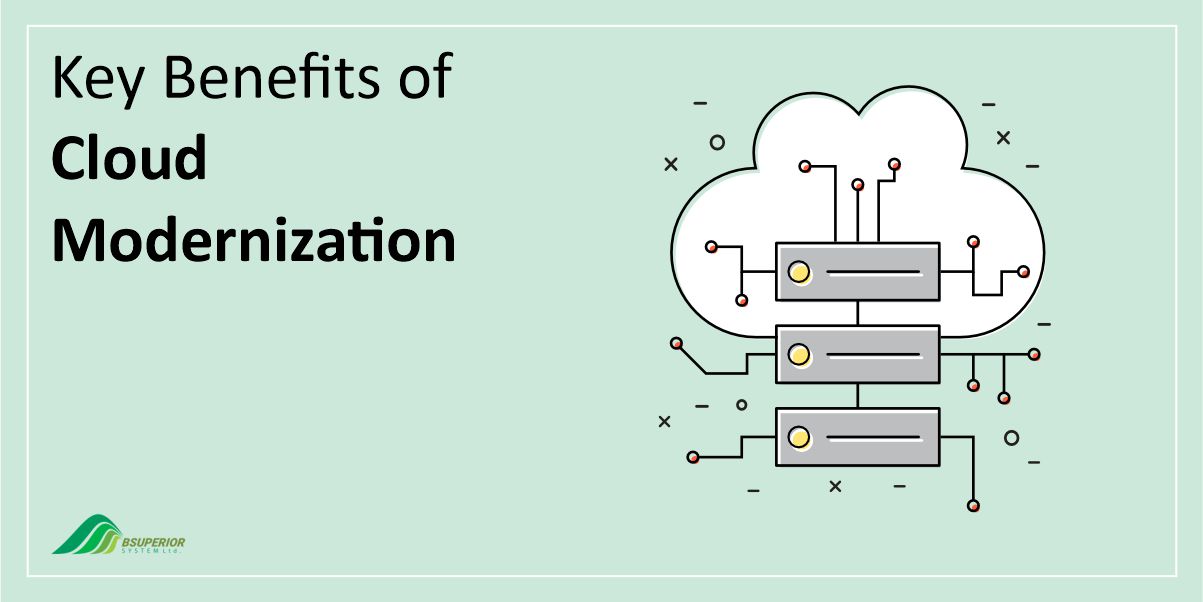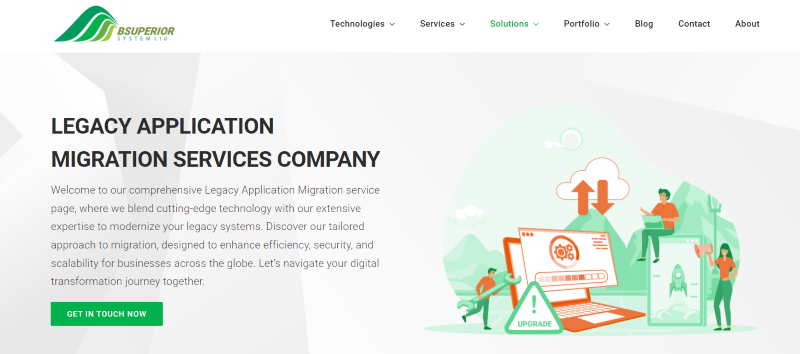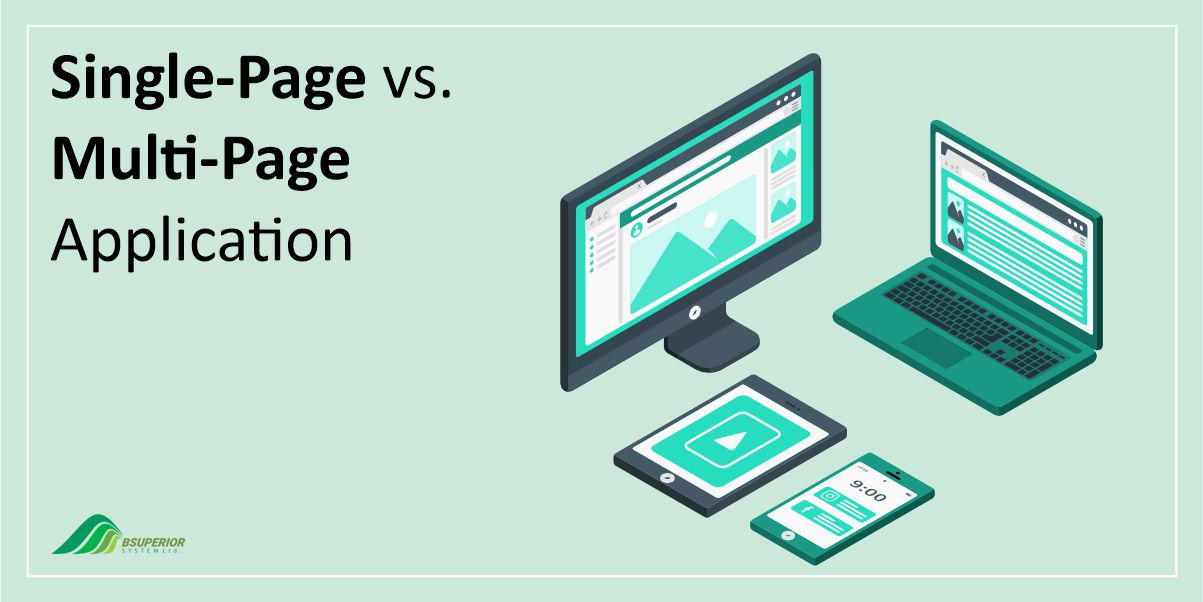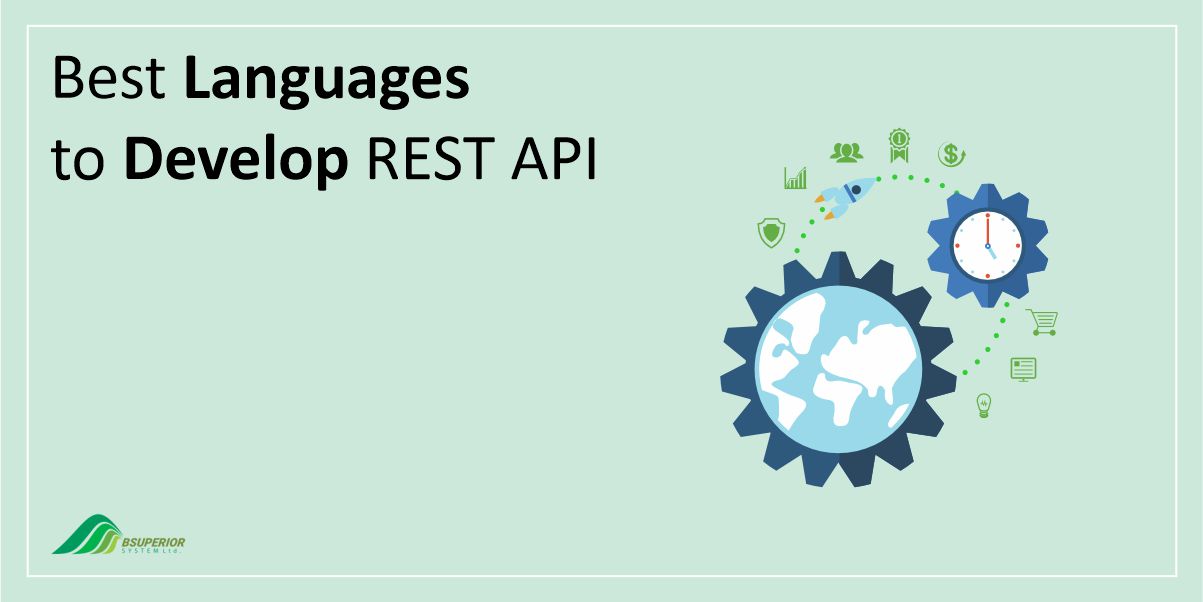Cloud Modernization Benefits: Unlocking the Full Potential of Your Business

Table Of Content
Cloud modernization is a transformative strategy that helps businesses evolve and stay competitive in today’s digital business landscape. It provides organizations with several essential benefits and enables them to strike a balance between innovation and cost management.
In what follows, we will begin by defining cloud modernization and the major advantages that it provides. We will also explain the challenges that may arise and then move on to discuss the most common cloud modernization strategies.
What is Cloud Modernization?
Cloud modernization, also known as going cloud-native, refers to a process where you optimize and transform the cloud infrastructure and applications of your organization by using modern cloud technologies and practices.
Cloud modernization will help you make the most out of your investment in switching from traditional IT systems to cloud-based solutions.
Key Benefits of Cloud Modernization
Employing cloud modernization strategies will prove advantageous to your business in the long run. Let’s take a look at the main benefits that cloud modernization is likely to offer.
Affordability
Cloud modernization allows organizations to considerably reduce expenses. To begin with, cloud service providers use pay-as-you-go pricing, so you only pay for the resources that you actually use.
What’s more, cloud providers often offer cost management tools to help organizations optimize their cloud spending.
Performance
Cloud platforms use advanced technologies, such as automatic scaling and global load balancing, to provide you with smooth performance, even when faced with heavy usage or unexpected issues.
Security
Another important benefit of cloud modernization is related to security. Cloud providers offer robust security measures to safeguard your data, including encryption, access controls, and threat detection.
Furthermore, cloud modernization enhances security by giving organizations better visibility into their data and operations. This improved oversight will enable you to detect suspicious activities and respond effectively to security incidents.
ٍEfficiency
Using technologies such as microservices, serverless computing, and containers, Cloud modernization plays an essential role in improving the efficiency of your business.
Given that these approaches are optimized for cloud environments, they consume fewer resources while maintaining performance. They also simplify management by reducing the need for server-related tasks like operating system updates and security patches.
Simplified Management
Cloud modernization can significantly reduce the workload of managing IT infrastructure. Instead of your team handling server maintenance, software updates, and network problems, the cloud provider takes care of these tasks.
In other words, your team will be able to concentrate on more strategic and innovative projects that directly contribute to business growth.
In addition, the cloud eliminates the need for frequent and costly hardware upgrades. The cloud provider makes sure that your infrastructure is always up-to-date with the latest technology and security patches.
Overcoming Challenges in Cloud Modernization
It goes without saying that cloud modernization is a complex process that comes with a certain number of challenges. Below are three of the most common challenges that you may have to deal with along the way.
The Challenge of Legacy Systems
Legacy systems are outdated systems that have been built in pieces over time without a consistent plan. These systems are like tangled webs of interconnected parts that are hard to separate.
Since they do not work well with modern cloud technology, moving them to the cloud requires a major overhaul. To successfully modernize these systems, companies must carefully plan how to transfer data and connect the new system with the old one. They also need to make sure that the system still works as it should.
High Initial Costs
In order to modernize legacy systems, you need a deep understanding of their inner workings. That’s why companies without in-house IT expertise often should hire external consultants which will apparently add to the costs.
Furthermore, modernization is a time-consuming and expensive endeavor. All this can lead to doubts about the overall value of the project, particularly if the systems are already functioning in the cloud.
Business Disruptions
Another challenge associated with cloud modernization is that you need to train your employees to adapt to new applications. This transition mainly revolves around replacing old work processes with new ones, which can temporarily reduce business efficiency.
In addition, businesses that interact with external customers must carefully consider how these changes might impact the customer experience.
Cloud Modernization Strategies
There are a number of different ways to upgrade applications for the cloud. These include:
- Replatforming is the simplest method where you move an application to a cloud platform with minimal changes. Note that this strategy works well only for very basic applications.
- Refactoring is a more complex approach to cloud modernization that involves rewriting an application to better use cloud features such as containers and serverless computing. If you prioritize optimized performance and cost-efficiency, this strategy is probably the best option.
- Rearchitecting is a complete overhaul in which you rebuild an application from scratch as a cloud-native solution. Although rearchitecting is considered a time-consuming and expensive option, it is quite necessary for highly outdated applications.
- In the Containerization strategy, which is ideal for small applications, you package an application into a self-contained unit for easier deployment and management in the cloud.
- Serverless Computing is another cloud modernization strategy that runs applications on demand without the need for constant server operation. This strategy is highly efficient for simple and short-lived tasks.
- Multi-cloud is a strategy where applications are distributed across multiple cloud providers or environments. If you want to avoid relying on a single vendor, you should consider this cloud modernization approach.
Note that to find the best strategy for your business, you need to have a deep understanding of your needs. In other words, the best cloud modernization strategy is the one that is aligned with your specific requirements.
Role of Artificial Intelligence and Machine Learning in Cloud Modernization
Artificial intelligence and machine learning have an important role to play in cloud modernization. These technologies automate tasks, boost productivity, and improve overall performance.
By harnessing the power of the cloud, businesses can take advantage of AI to streamline their operations. They will also be able to make data-driven decisions and increase flexibility.
Now, let’s see how AI and ML can be helpful in this regard.
Lowering Costs
AI and ML have transformed how businesses approach cloud spending. By eliminating the need for large and in-house data centers, cloud adoption has reduced upfront costs. As a result, companies can redirect these savings toward developing AI tools to generate more revenue and cut operational expenses.
Better Data Management
Traditionally, managing vast amounts of data has been a complex challenge. Thanks to AI and ML, this process has become much easier. AI and ML on the cloud streamline the data management process by automatically organizing, updating, and analyzing data.
What’s more, these intelligent systems are capable of detecting anomalies and fraudulent activities. Thus, they are crucially important for industries such as banking and finance where large volumes of critical data are involved.
Intelligent Automation
By automating routine and complex tasks, AI and ML free up IT teams to focus on strategic initiatives. These technologies handle everything from data analysis to workflow management and thus contribute significantly to efficiency and productivity.
Advanced Infrastructure Access
Many AI applications require powerful hardware, such as servers with multiple GPUs, which can be extremely expensive. Cloud computing provides access to this high-performance infrastructure without the need for significant upfront investment.
Final Words: How Can BSUPERIOR Help?
As we highlighted above, transforming your business with the cloud is a complex and multi-faceted process. We at BSUPERIOR try our best to simplify this process by offering solutions that not only speed up data migration but also minimize risks.

Our data intelligence tools will help you strategically choose which data to move based on its importance and location.
By partnering with BSUPERIOR, you make sure that you can rapidly modernize your cloud environment, improve data management, and achieve your business goals faster.
We will not just provide you with a solution. Indeed we will offer you a unique and customized solution that aligns well with the specific requirements of your business. If you want to learn more about our services, all you need to do is to contact us.
We value your input and believe this content may enhance our services. However, it's under review. If you see room for improvement, please use the "Report an issue" button below. Your feedback helps us excel.
Contact us today at –– and speak with our specialist.




